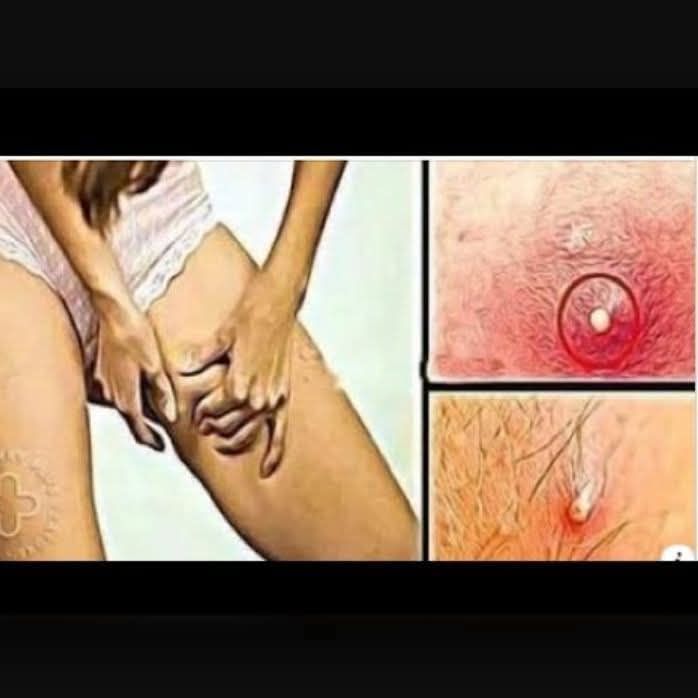A Rare Reaction: When an Inhaler Triggers Sweet Syndrome
What began as a routine adjustment in a patient’s COPD inhaler quickly evolved into a puzzling medical mystery. Within just 48 hours, a 55-year-old woman developed intensely painful, bright red patches across her face and neck, accompanied by a mild fever.
Although the visible symptoms subsided rapidly after treatment, biopsy results revealed an unexpected diagnosis—Sweet syndrome, a rare immune-mediated skin disorder. This unusual case may represent the first documented instance of an inhaled medication triggering Sweet syndrome, raising important questions about hidden risks in commonly prescribed therapies.
Case Overview
The patient, with a history of hypertension and COPD, had been stable on enalapril and a formoterol inhaler for several years. Due to worsening lung function, her pulmonologist switched her to a combination inhaler containing indacaterol and glycopyrronium. Within two days of initiating the new treatment, she presented with painful erythematous plaques on her face and neck, alongside a low-grade fever. She reported no recent changes in cosmetics, diet, or signs of infection but noted recent sun exposure with proper protection.

Urgently referred to dermatology, the patient discontinued the inhaler. Laboratory testing ruled out infections and autoimmune conditions. A skin biopsy confirmed Sweet syndrome. She was started on oral corticosteroids, resulting in rapid symptom resolution within 48 hours.
Understanding Sweet Syndrome
Sweet syndrome, or acute febrile neutrophilic dermatosis, is characterized by the sudden appearance of painful, red papules or plaques, often asymmetrical, primarily affecting the face, neck, upper torso, and hands. It frequently presents with systemic symptoms such as fever and elevated neutrophil counts.
Although its precise cause remains unknown, Sweet syndrome is considered a cytokine-driven immune response, often triggered by infections, malignancies, or certain medications—including antibiotics, antiepileptics, and vaccines. Corticosteroids typically lead to swift improvement.
This case is notable because inhaled medications have not previously been reported as a trigger. Differential diagnoses such as contact dermatitis, lupus erythematosus, and urticaria were carefully excluded.
Why This Matters

Given Sweet syndrome’s rarity and association with systemic illnesses, it is often overlooked during initial evaluations. This case underscores the importance of vigilance among primary care providers and specialists when encountering sudden dermatologic reactions following medication changes. Prompt recognition and referral are crucial for timely diagnosis and effective treatment.
Conclusion
This case serves as a vital reminder that even well-established medications, like inhalers, can occasionally provoke rare and serious immune reactions. Clinicians should maintain a high index of suspicion when patients develop abrupt skin changes after starting new treatments. Expanding awareness of atypical triggers for Sweet syndrome can lead to earlier intervention and improved patient outcomes.
